ssff
TPF Noob!
- Joined
- Nov 27, 2012
- Messages
- 6
- Reaction score
- 0
- Location
- nyc
- Can others edit my Photos
- Photos NOT OK to edit
Hello
I am buying aNikon D7000 and am just overwhelmed with lens options....I just need some basic understanding for them
The two kits available with the body are 18-105 and 18-200 and someone said, 18-200, that'll be a crappy lens, why is that? Is it just because zoom lenses compromise quality of picture?
My primary goal will be to do more people photography, street photography, some landscapes maybe, and I'd like to get lenses which are good for motion and low light too
I don't have a very high budget and just want to understand also why some lenses are so much more expensive (like a 70-200 is more exp than an 18-200, why?)
I've been told a 35 mm or 50 mm prime will be a good choice, and I think a 50 mm is good for portraits no? It shows the subject as is without zoom? While a 35,, would provide some telephoto factor?
The what about zoom lenses?
I want to invest in this to go ahead and work shoots, and they may include indoor or event shoots as well (weddings, barmitzvahs etc) so need lenses accordingly
Thanks for any help!!
I am buying aNikon D7000 and am just overwhelmed with lens options....I just need some basic understanding for them
The two kits available with the body are 18-105 and 18-200 and someone said, 18-200, that'll be a crappy lens, why is that? Is it just because zoom lenses compromise quality of picture?
My primary goal will be to do more people photography, street photography, some landscapes maybe, and I'd like to get lenses which are good for motion and low light too
I don't have a very high budget and just want to understand also why some lenses are so much more expensive (like a 70-200 is more exp than an 18-200, why?)
I've been told a 35 mm or 50 mm prime will be a good choice, and I think a 50 mm is good for portraits no? It shows the subject as is without zoom? While a 35,, would provide some telephoto factor?
The what about zoom lenses?
I want to invest in this to go ahead and work shoots, and they may include indoor or event shoots as well (weddings, barmitzvahs etc) so need lenses accordingly
Thanks for any help!!


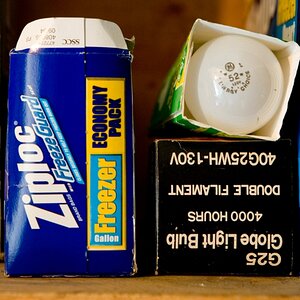
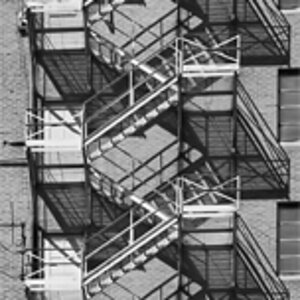
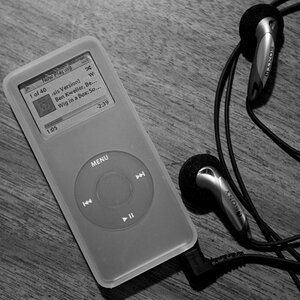
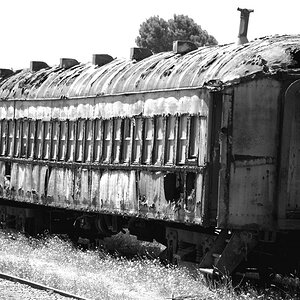
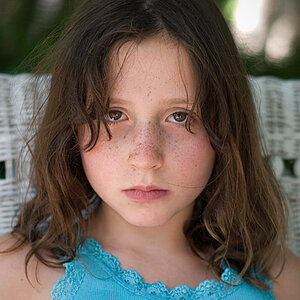
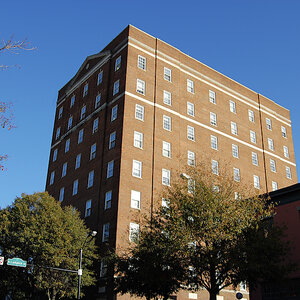
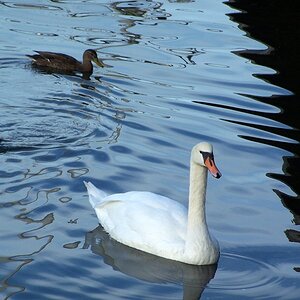
![[No title]](/data/xfmg/thumbnail/42/42281-7e2c2677bdc791ca1918fb67b6b760c5.jpg?1619740089)

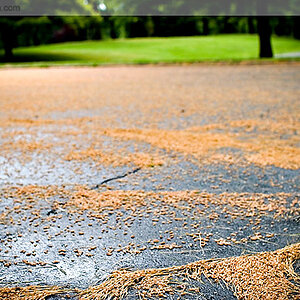
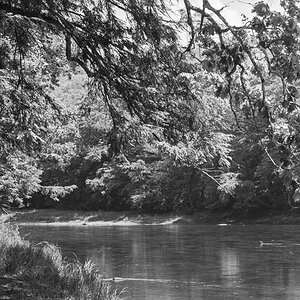
![[No title]](/data/xfmg/thumbnail/34/34061-e097813b3719866d07ff3e78e8119ffa.jpg?1619736258)